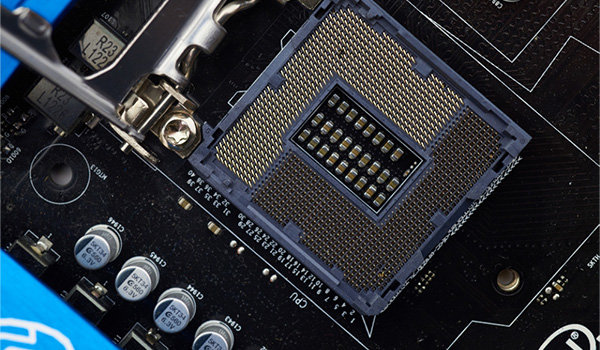

 News and Information
News and Information Knowledge Column
Knowledge ColumnMicrocontroller (MCU), as a type of microcomputer, is widely used in many fields such as industrial control, smart home, and automotive electronics due to its advantages such as small size, low cost, and stable performance. The software architecture of a microcontroller refers to the overall structure of its software system, which directly affects the efficiency and maintainability of the program. Therefore, understanding and selecting the appropriate microcontroller software architecture is crucial for developers. This article will provide a detailed introduction to 9 commonly used microcontroller software architectures, aiming to help developers better understand and apply them.

1. Main Loop architecture
The loop execution architecture is the most baSIC design pattern of microcontroller software. In this architecture, the microcontroller executes a main loop and continuously polls each module for processing events. This architecture is simple and intuitive, suitable for less complex application scenarios, such as simple data collection and control systems. However, as the functionality increases, the polling code in the main loop will become increasingly large and complex, making it difficult to maintain.
2. Interrupt driver architecture
The interrupt driven architecture allows programs to respond immediately when external events occur. Under this architecture, microcontrollers have high resource utilization and short response time, making them suitable for scenarios with high real-time requirements. The Interrupt Service Routine (ISR) is responsible for handling external events, while the main loop executes low priority tasks. However, excessive interruptions may lead to a decrease in system predictability and increase the complexity of system design.
3. Time triggered architecture
Time triggered architecture is a structured software model that runs various tasks according to a strict schedule. This architecture typically requires a real-time operating system (RTOS) to manage time scheduling. Each task has a clear execution time and cycle, which ensures the predictability and responsiveness of the system. Suitable for real-time control systems with strict time requirements.
4. Event driven architecture
The event driven architecture corresponds to the time triggered architecture, which schedules tasks based on events rather than time. In this architecture, task execution depends on the occurrence of specific events, and this model makes the system more efficient, occupying processor resources only when needed, greatly reducing system energy consumption.
5. State machine based architecture
A state machine is a software model suitable for event driven systems, which divides system behavior into a series of states and the conditions for transitioning between these states. Each state corresponds to a specific behavior of the system, and the system can only be in one state at a certain moment. This architecture makes the management of system behavior clear and easy to track.

6. Layered architecture
A layered architecture divides software into different layers, each layer completing specific functions, while the upper layer implements more complex functions by calling services provided by the lower layer. This layering can be physical, such as hardware abstraction layer, driver layer, and application layer; It can also be logical, such as the layering of network protocols. This architecture improves the reusability and maintainability of the code.
7. Component based architecture
Component based architecture refers to dividing a system into reusable components, each of which completes an independent function and can be developed and tested independently of other components. The advantage of this architecture is its high degree of modularity, which makes it easy to manage and replace. The disadvantage is that the interaction between components may lead to a decrease in overall system performance.
8. Microkernel architecture
The microkernel architecture divides the core functions of the system, such as thread scheduling and memory management, into a small kernel, while other services such as device drivers and file systems run as independent modules in user space. The advantages of this architecture are high flexibility and security, but the disadvantage is high performance overhead due to the need for frequent context switching.
9. Model View Controller (MVC) architecture
Although the MVC architecture was originally designed for graphical user interfaces, it can also be applied to the design of microcontroller software. In the MVC architecture, models manage data and logic, views are responsible for display, and controllers process inputs. This separation makes the logic of the program clearer, making it easier to debug and maintain.
Conclusion
Choosing the appropriate microcontroller software architecture is crucial for the success of a project. Developers should select the most suitable software architecture based on the actual needs of the project, taking into account factors such as system complexity, real-time requirements, resource constraints, and development cycles. Fushite Technology is deeply involved in the field of power devices, providing customers with power devices such as IGBT, IPM modules, microcontrollers, touch chips, etc. It is an electronic component supplier and solution provider with core technology.